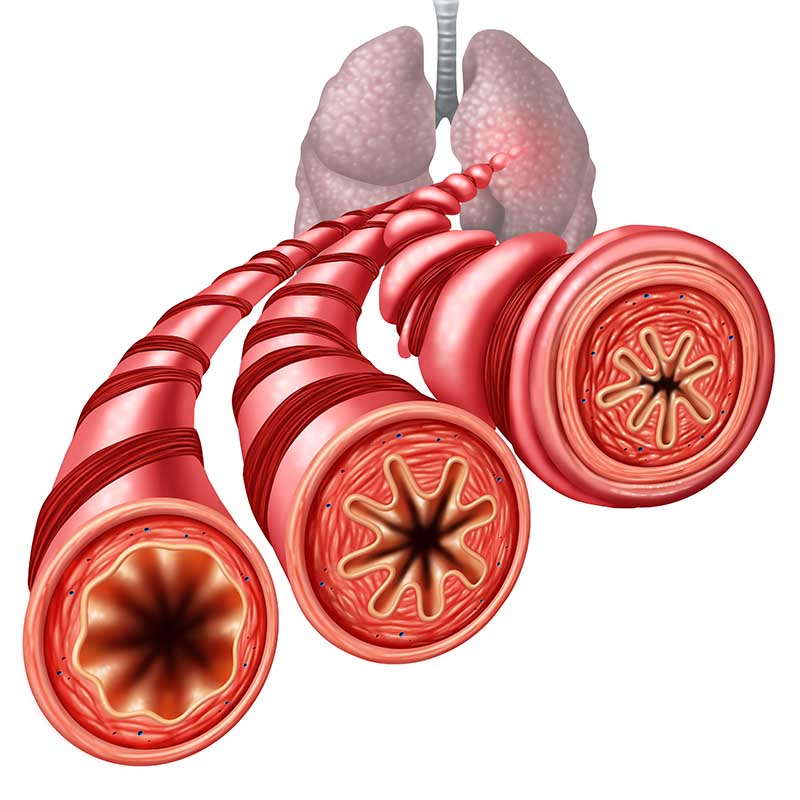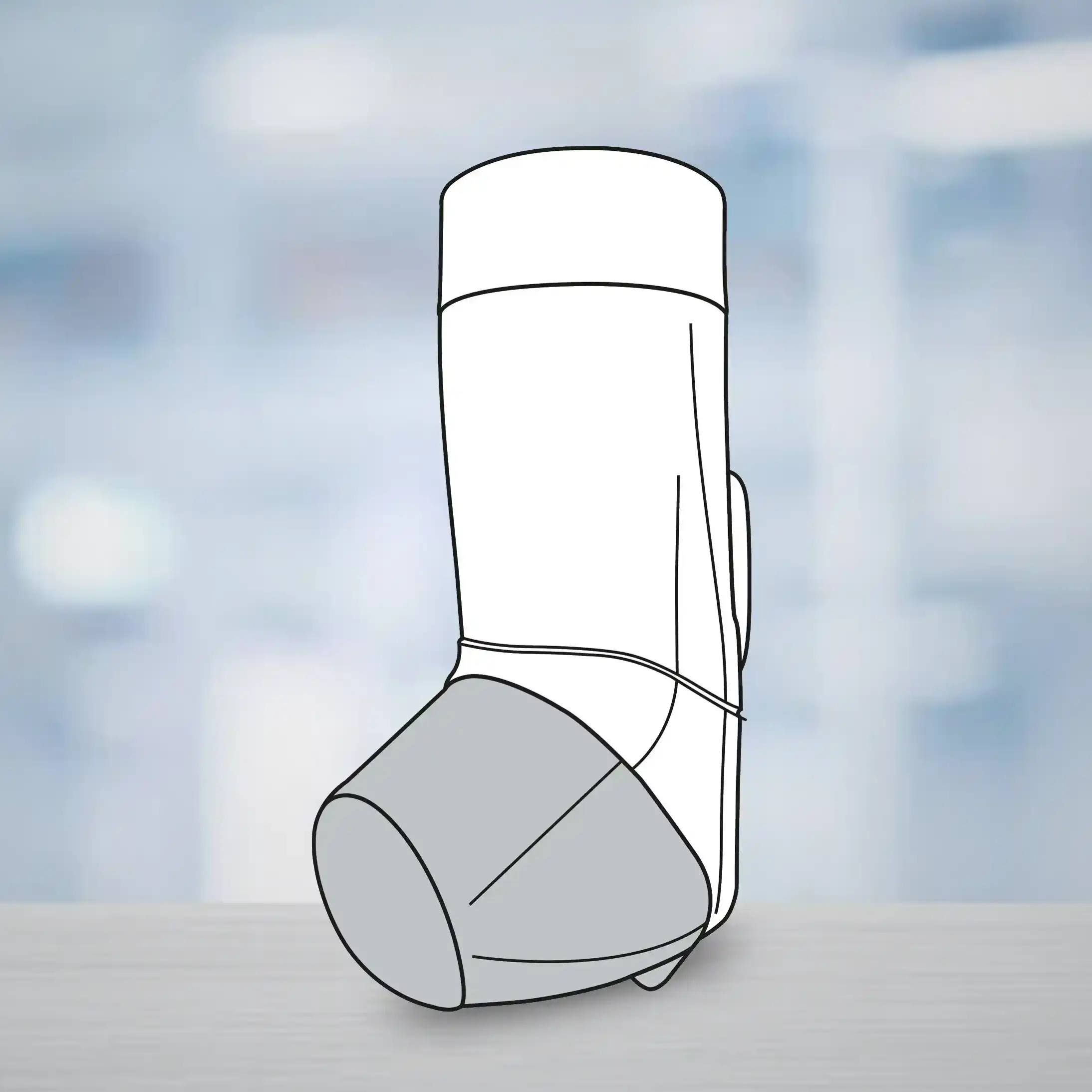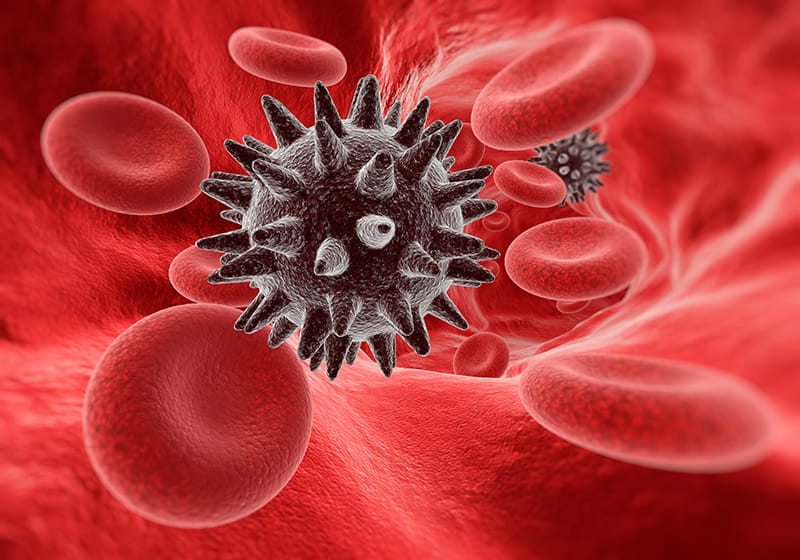Introduction
India is facing an increasing threat with a rise in multidrug-resistant (MDR) bacterial strains. An increase in carbapenem resistance and colistin associated toxicity in intensive care units (ICUs), has led to a need for carbapenem-sparing drugs to combat the extended-spectrum beta-lactamase (ESBL)- and metallo-beta-lactamse (MBL)-producing pathogens.
Aim
To assess the efficacy of ceftriaxone–sulbactam–EDTA (CSE) combination in MDR gram-negative bacteria (ESBL-producing) versus other carbapenems (meropenem/ertapenem/imipenem) as well as colistin (MBL-producing bacteria).
Sample Profile
-
-
1,877 gram-negative bacterial isolates from 2,760 clinical samples of blood, cerebrospinal fluid (CSF), respiratory samples, tissue and pus collected from intensive care units (ICUs) patients for routine cultures over 9 months were evaluated
Method
Study Design
-
-
Comparative in vitro sensitivity study
Endpoints
-
-
Susceptibility patterns of Enterobacteriaceae, Acinetobacter spp., and Pseudomonas spp. along with ESBL and MBL producers for different antimicrobials
Results
Efficacy
-
-
CSE confirmed maximum antibiotic effectiveness with 94% sensitivity for carbapenem-sensitive Enterobacteriaceae and 97% for carbapenem-resistant Acinetobacter and Pseudomonas spp. (Figure 1)
-
Colistin was most effective (95% sensitivity) in both the Enterobacteriaceae and non-Enterobacteriaceae group
-
CSE showed superior efficacy (95%) versus colistin (89%) towards Enterobacteriaceae
-
Among MBL producers, CSE showed 90% sensitivity toward Enterobacteriaceae, 96% toward Acinetobacter spp., and 94% toward Pseudomonas spp. and colistin showed intermediate sensitivity as 84, 93 and 96% to the above isolates, respectively
-
At 31% sensitivity, imipenem was most effective carbapenem against Enterobacteriaceae, and ertapenem had least effect.
-
None of the isolates of A. baumannii were resistant to CSE, whereas 6, 8, and 3% isolates of E. coli, K. pneumoniae, and P. aeruginosa, respectively, were resistant to CSE
-
CSE and colistin were effective in 100% of the Acinetobacter group isolates
Figure 1: Susceptibility Pattern of Pathogens for CSE Combination Therapy
Conclusion
-
-
CSE showed significant effectiveness against MDR gram-negative infections (ESBL and MBL producers), especially in ICU
-
This study strongly recommends CSE as a carbapenem- and colistin-sparing antibiotic
Indian J Crit Care Med. 2020; 24(12): 1213-1217










